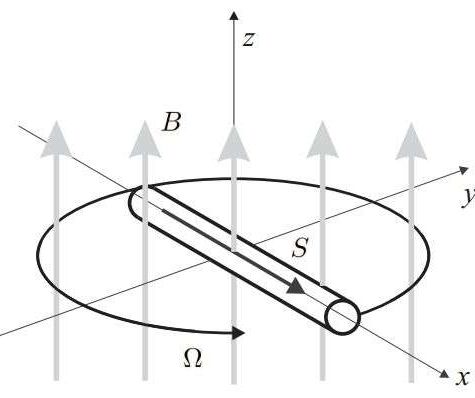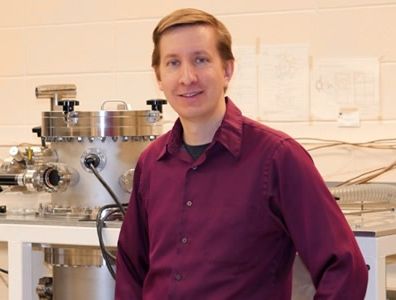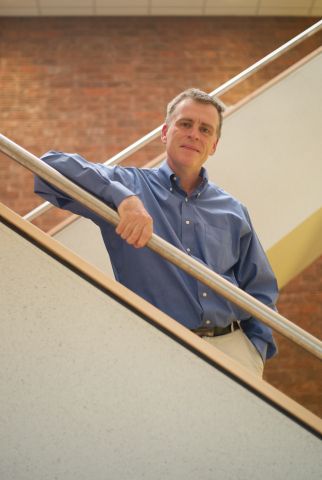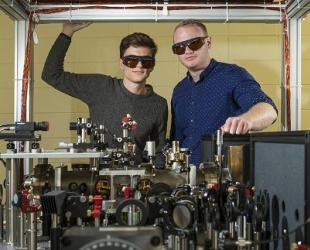
(Phys.org)—A team of researchers with members from several institutions in the U.S. and one in Germany has proposed the idea of using an extremely small compass needle to build an ultrasensitive magnetometer. In their paper published in Physical Review Letters, the team describes their idea and the possibility of such a device actually being built.
Current magnetometers are very sensitive, able to detect levels of magnetism that are approximately a trillion times less than that of the Earth’s magnetic field. They achieve this feat by taking advantage of the wobble that occurs when an atom is placed in a magnetic field—such magnetometers are made by placing cells of atomic gas in a magnetic field, the wobbles of the atoms are averaged to arrive at a single measurement. In this new effort, the researchers suggest that a new way to measure magnetic fields could be perhaps as much as 1000 times more sensitive.
The idea behind the still theoretically magnetometer comes from the way a compass needle works—instead of wobbling when exposed to a magnetic field, it simply lines up—at least when viewed from a distance. The researchers have shown that such needles do actually wobble like atoms, when they are very small and placed in a very weak magnetic field. They envision a very tiny needle made of cobalt with all of its atoms aligned in a single direction. When the needed is placed in a weak magnetic field, the angular momentum of the rotation of the needle would be a lot smaller than its intrinsic spin angular momentum, which means it would precess, very much like single atoms do. Measuring the precess then would offer a means of measuring the level of magnetism.
Continue reading “Ultrasensitive magnetometer proposed based on compass needle” »

















